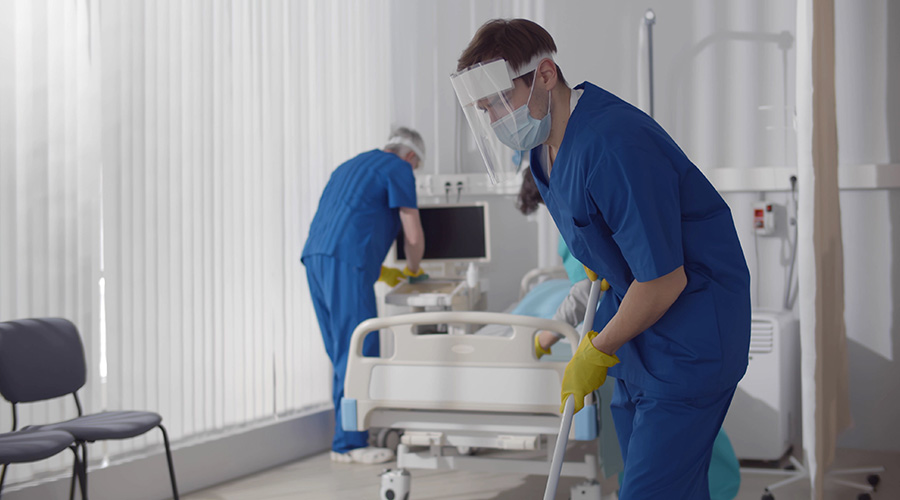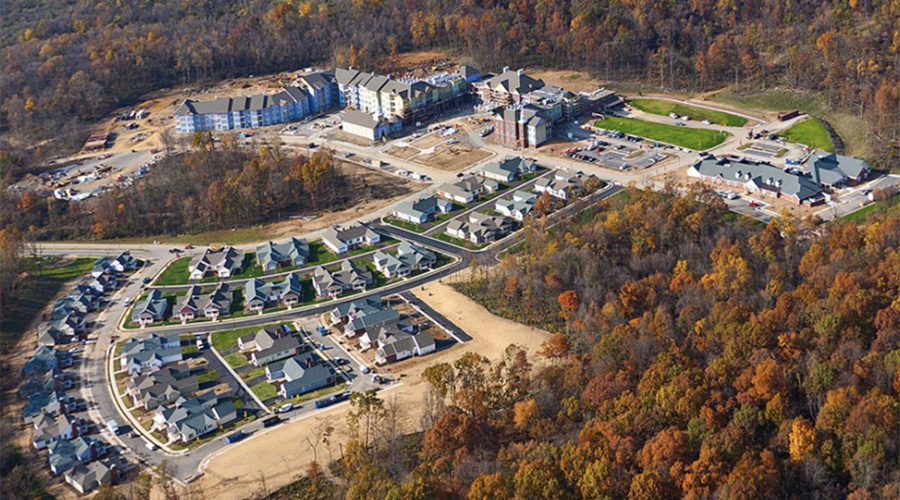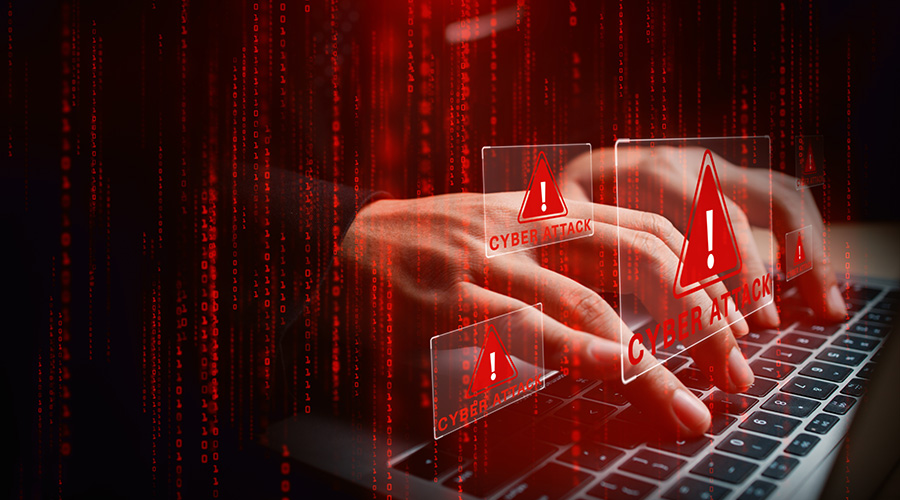The cleanliness of a hospital or other healthcare facility should not be defined without indicating the way it was assessed. Studies have shown that a visual assessment against biochemical and microbiological screening of the hospital environment demonstrates that what you can’t see can hurt you.
Hospitalized patients are placed at risk if eyeballing clean is the standard for cleanliness. Visual assessment is outdated, inadequate and scientifically obsolete. The sampling of environmental surfaces and patient care equipment in hospitals usually takes place only in response to an outbreak and then only if the infection prevention team responsible has the motive, means and interest to initiate environmental screening.
It is time that high-risk surfaces and equipment be subjected to routine screening to monitor overall levels of microbial dirt and the results used to generate increased or targeted cleaning before a hospital outbreak occurs. A false sense of cleanliness can be created by waiting until an outbreak occurs to give the clinical environment the attention it deserves.
Related Content: Building a Culture of Infection Prevention
Plenty of evidence shows that hand-touch surfaces can transmit pathogens to healthy people and patients. The dirtiest hand-touch surfaces are the patient’s bed and 36 inches around it, but they have not been given the cleaning priority by the environmental services technician who focuses on emptying the trash, cleaning the toilet and mopping the floor.
These near-patient surfaces needing priority include bed rails, nurse call controls, overbed tables, telephones, infusion pumps and bedside tables. These surfaces do not get cleaned if the patient is in the bed, or they get cleaned when the patient is discharged or transferred.
Many studies describe the benefits of using disinfectants to clean the patient environment. Virtually all were reported as part of the response to an outbreak.
Only a few studies used general-purpose detergents and water in the absence of an outbreak, which begs these questions: Is there any difference among the quantity, quality and methods for routine cleaning compared with those needed in an outbreak event? Is it prudent to proclaim the benefits of cleaning with disinfectants without establishing what can be achieved with soap and water alone?
No accepted criteria exist for defining a surface as clean using microbiologic methods, but investigators have suggested that microbial contamination should be 2.5-5 colony forming units (CFU/cm2).
Studies have shown that this level of contamination might be easily achievable because the microbial burden of room surfaces in one hospital went from 57 CFU/Rodac (replicate organism detection and counting) to 0.3 CFU/cm2 before and after cleaning.
A lot of work remains to be done to establish cleaning as an evidence-based science to translate the evidence into cleaning practices in healthcare facilities. We need to raise awareness in public health regarding hygiene and its importance, and hospitals, not governmental agencies, should lead the way.
J. Darrel Hicks, BA, MESRE, CHESP, Certificate of Mastery in Infection Prevention, is the past president of the Healthcare Surfaces Institute. Hicks is nationally recognized as a subject matter expert in infection prevention and control as it relates to cleaning. He is the owner and principal of Safe, Clean and Disinfected. His enterprise specializes in B2B consulting, webinar presentations, seminars and facility consulting services related to cleaning and disinfection. He can be reached at darrel@darrelhicks.com, or learn more at www.darrelhicks.com.

 NLCS Strengthens Safety and Compliance with Comprehensive Electrical Program
NLCS Strengthens Safety and Compliance with Comprehensive Electrical Program Sun Valley Surgery Center Suffers a Data Breach
Sun Valley Surgery Center Suffers a Data Breach EV Charging Stations: Planning for Safety, Convenience, Expansion
EV Charging Stations: Planning for Safety, Convenience, Expansion Why Ambulatory Surgery Centers Are Turning to Dedicated HVAC Systems
Why Ambulatory Surgery Centers Are Turning to Dedicated HVAC Systems